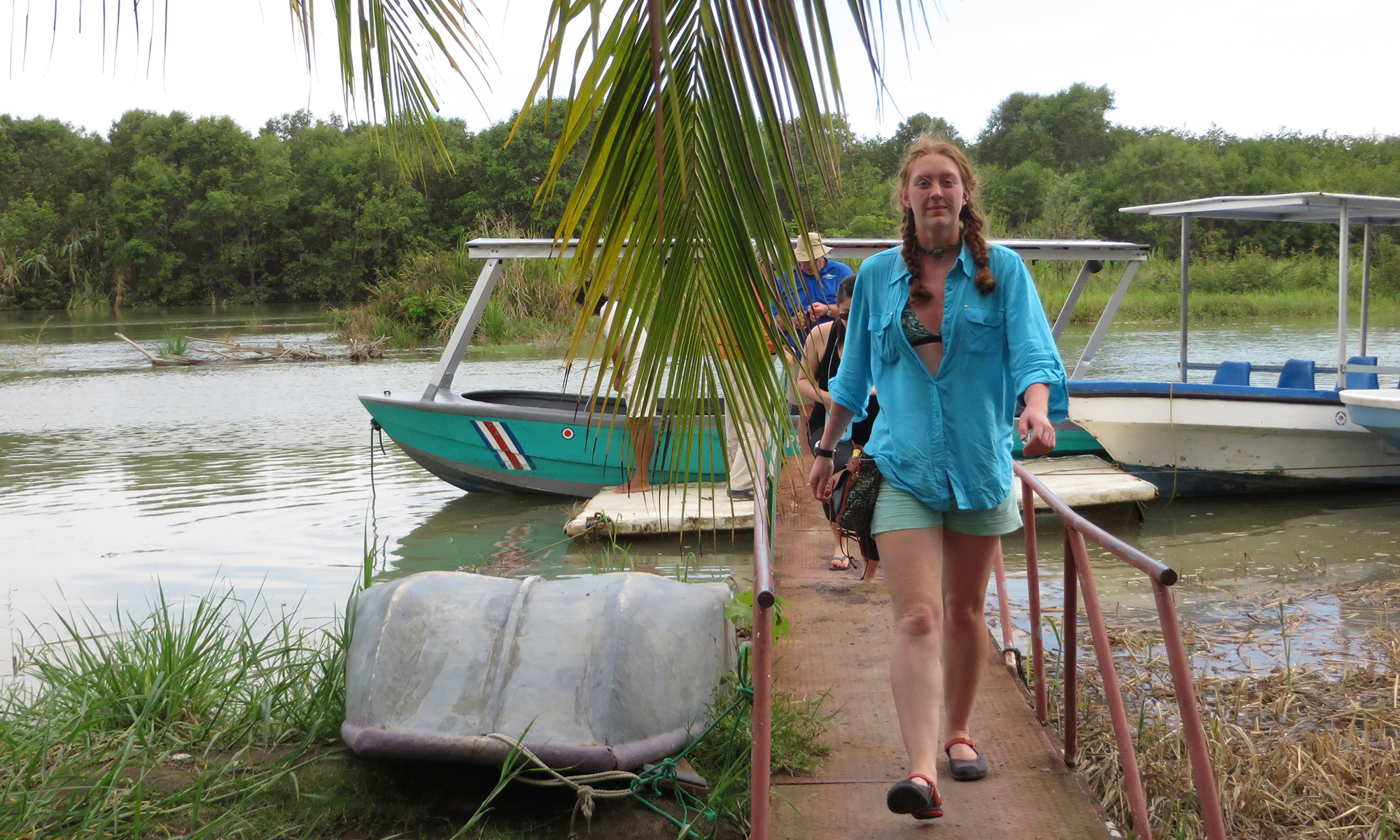Happy Darwin Day!!!!
As we all know, Charles Darwin was the father of modern evolutionary biology. Darwin wasn’t responsible for the idea that life changes over time, but he (well, and Alfred Russel Wallace, but it’s not his birthday!) was responsible for proposing and supporting the theory of evolution by natural selection (or as you may have heard of it, “survival of the fittest”) and many of the mechanisms by which we know evolution to work.
You have probably heard about Darwin and his finches, but have you heard of Darwin’s fossils? As an evolutionary and quasi-paleobiologist, I think it is important to take a moment to appreciate the contributions of Charles Darwin’s “geologizing” to the birth of modern evolutionary biology. It is quite possible (and I think quite likely) that this is part of why he got it right where others did not. As Theodosius Dobzhansky said, “Nothing in biology makes sense except in the light of evolution”. I’m not saying that evolution only occurs over geologicc timescales, or that that is the only place to study it, just that the power of evolutionary mechanisms at creating differentiation is best appreciated over such timescales. Luckily, in the geology department, Darwin really knew his schist.
On the voyage of the Beagle, Charles Darwin described many organisms that were previously unknown to science, but he didn’t stop with living fauna. On the coast of South America he described fossils of, among other critters, nine <largely> undescribed extinct species of megafauna. What’s interesting is that these critters were things like ground sloths, giant armadillos, capybaras, and camelids. Sloths and armadillos are both unique groups with very unusual features, as to varying degrees are the other fossils he encountered. Most of these were also relatives of critters that Darwin had been eating a lot in his time in South America, so he had seen a lot of the bones of the modern forms. It was through comparison of the fossil and living organisms that Darwin realized how strong a force evolution was and how what might be advantageous in one time and place might not be in another.
Here are some pictures of the extinct critters and their extant relatives that helped Darwin piece together the processes of evolution.
If you would like to know more about Darwin, his contributions to paleontology and geology, or the voyage of the Beagle, here are some great resources!
-This is a particularly nice National Geographic essay: http://ngm.nationalgeographic.com/print/2009/02/darwin/quammen-text
–http://darwin-online.org.uk/
–http://blogs.scientificamerican.com/rosetta-stones/darwin-geologist-first-and-last/




